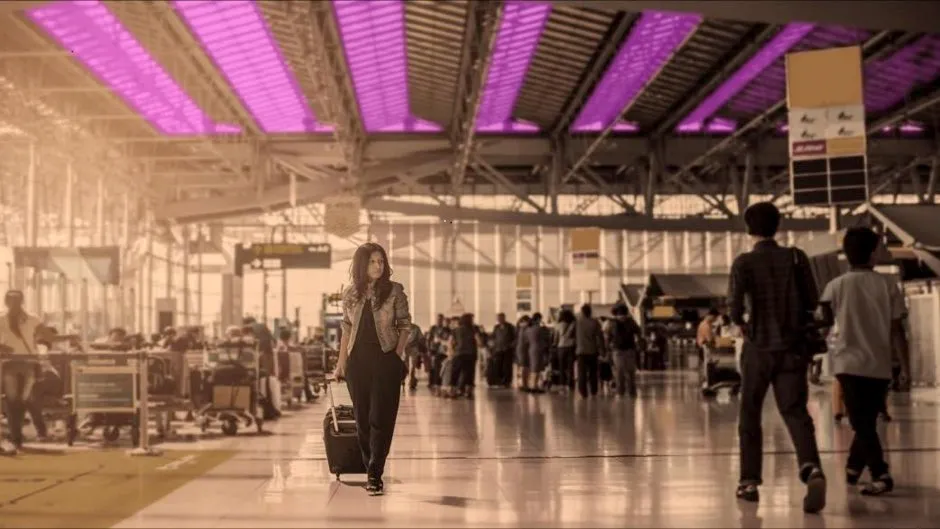A type of ultraviolet light known as far-UVC could be safely used to disinfect air in public places which could help in the fight against coronavirus, according to new research.
The joint study from the University of St Andrews and Ninewells Hospital in Dundee used computer simulations to study the impact of far-UVC disinfectant lamps on human skin.
Researchers found that shorter wavelengths do not cause the kind of problems typically associated with ultraviolet light.
There are three types of ultraviolet light – UVA, UVB and UVC – all of which have the potential to damage human skin.
Isla Barnard, a medical physics PhD student at St Andrews, said: “The Earth’s atmosphere protects us by absorbing all the UVC from the Sun and we must be very careful to protect ourselves from some existing UVC disinfectant lamps which are known to cause skin damage.
“Using our computer model, we have shown that longer UVC wavelengths can damage the skin whilst wavelengths shorter than 230 nanometers (nm) had much more limited penetration in the skin.”
Read the latest coronavirus news:
- Coronavirus in saliva could travel more than 5m in a 'slight breeze'
- Coronavirus vaccine: trial shows drug 'trains immune system' against COVID-19
- Washing your hands six to 10 times a day could lower coronavirus risk
UVC light from special germicidal lamps with wavelengths in the range 200nm to 280nm kills germs such as bacteria and viruses, and has been used as a means of disinfecting hospital wards and operating theatres for decades.
However, the wards must be empty of people because the germicidal lamps operate mainly at a wavelength of 254nm that can penetrate the eyes and skin, causing inflammation and pain.
Researchers found that far-UVC lamps that emit at wavelengths around 222nm may be safer because proteins in the skin efficiently absorb this light and provide a natural protective barrier.

Dr Ewan Eadie, of the photobiology unit at Ninewells Hospital, said: “Our new simulations provide further support for existing laboratory research showing that the upper layers of the skin provide a natural protection against shorter-wavelength-UVC.
“Lamps that are engineered to filter out ultraviolet wavelengths longer than 230nm are safer than existing germicidal lamps.
“We now require real-life in-person studies to support our computer simulations and the laboratory evidence.”
Read more about coronavirus treatment:
- Coronavirus vaccine: The race to create a cure for COVID-19
- Coronavirus treatments: five alternatives to vaccines
- What is the R number, and why is it relevant to coronavirus?
The computer codes at the heart of the work were originally developed by St Andrews astrophysicist Dr Kenny Wood and have been adapted to help treat patients.
Lamps that emit at the shorter 222nm wavelength are now being investigated around the world as a means to help eliminate the virus responsible for the current pandemic.
The St Andrews-Ninewells team is working with several other groups developing far-UVC lamps and their computer simulations are being used to ensure they are safe for human skin.
The research has been accepted for publication in the journal Photodermatology, Photoimmunology and Photomedicine.
Reader Q&A: Do UV lights in nightclubs give you vitamin D?
Asked by: Nic Alford, Ilfracombe
No, for two reasons.
First, UV lights in nightclubs typically output at a wavelength of 365nm or longer. This is at the visible end of ultraviolet (which is why you can see a faint purple tinge to the light) and it isn’t energetic enough to trigger vitamin D synthesis. You need UVB light with wavelengths shorter than 315nm for that.
Second, indoor lights are only one-thousandth as bright as normal daylight.
Read more:
